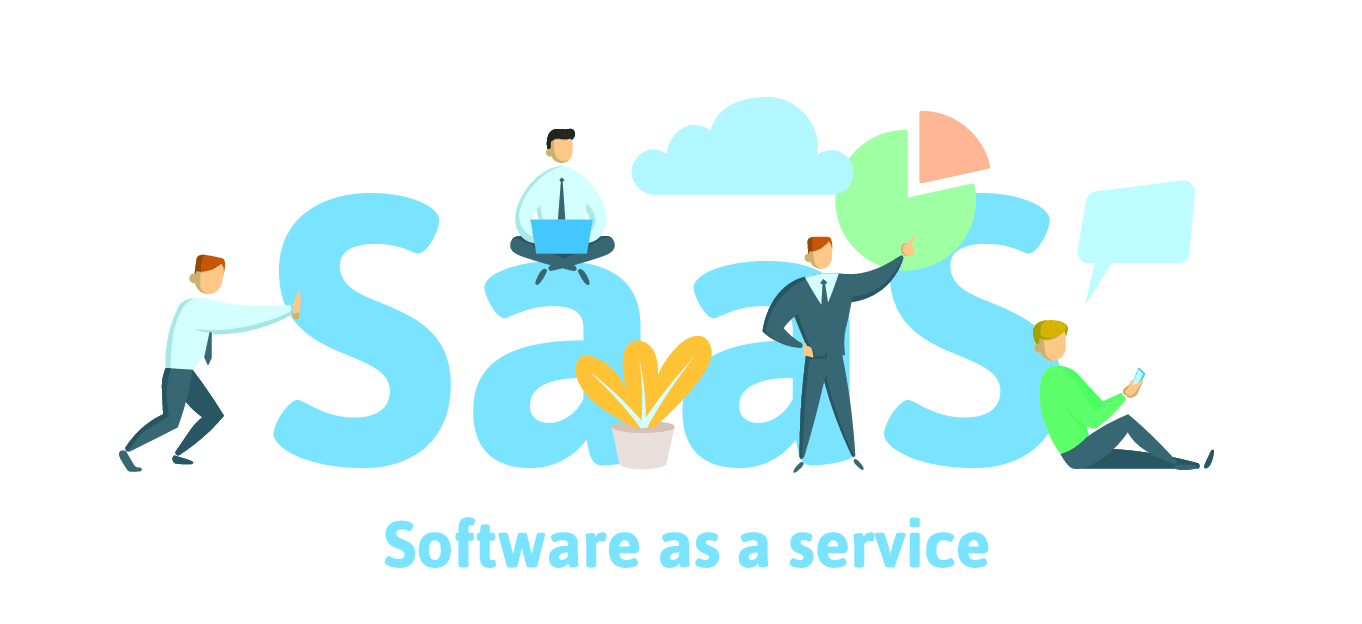
The thriving SaaS industry has its own share of vulnerabilities and perks. Business models are rapidly expanding, and these changes are reflecting on bigger priorities. Hence, the dynamic nature of SaaS has taken two routes, namely vertical SaaS vs horizontal SaaS.
But what is the difference and how does each of these wings function when it comes to the software solutions? A recent press release states that the SaaS business is expected to bounce to approximately $60 billion by the year 2023.
And as of now, all of us have had some experience when it comes to SaaS. A common household name, Netflix, might ring you a bell. Here are a few topics that we will be delving in today:
- First, the Difference in Definitions
- Second, the Difference in Examples
- Third, the Difference in Vertical SaaS vs Horizontal SaaS
The Difference in Definitions
What is Vertical SaaS?
Vertical software as a service renders a target to a specific industry only. It is relatively a newer segment in the SaaS sector. This is where incumbent dealers aim particular industries, spaces, or trades. Simply put, it is an all-rounded answer for a defined line of business.
A vertical SaaS provider sees the industry through multiple lenses. However, it does not promise to cover a massive product range whole together. But what it does zero in on is narrowing down to particular industry verticals only. Therefore, all of their solutions are designed to keep a specific niche in mind.
What is Horizontal SaaS?
To much contrary, horizontal software as a service caters to an eclectic range of customers. It envisages a gigantic mass in the bigger picture, rather than focusing on a certain niche. This is benefited by people across multiple niches having varied needs and end-targets.
Fortunately, horizontal SaaS companies have dwelled in the market for quite a long time now. It strives to render a wider spectrum of customer service that captures different industries. Their bigger breadth makes it easier to be a rational fit for myriad lines of work requirements and businesses.
In one of his excerpts, Peter Gassman, CEO, and Founder, Veeva, a vertical SaaS company had quoted the following beautiful lines: “Don’t follow the herd. Who are you trying to be like? I’m not trying to be like anybody. When trends are early, everyone thinks you are wrong. When 99 out of 100 people think your idea is bad, that’s where you have an opportunity.
Don’t be discouraged. Combine all this with experience and you can win. At times of challenge when you don’t have a brand, sell yourself and your passion first. Try to get the right value vs. the most value. Not knowing the value is not OK and it starts with the CEO. Are you going to make something that’s great? Don’t give it away.”
The Difference in Examples
Vertical SaaS Examples
- Textura: SaaS used in the construction management business.
- Fleetmatics: SaaS used in inland logistics and helps vehicle allocation.
- Guidewire: SaaS used in the Insurance business.
- Veeva: SaaS used in Pharmacy business.
- Infor: SaaS used in Manufacturing business.
Horizontal SaaS Examples

The Difference in Vertical SaaS vs Horizontal SaaS
- Sales and Marketing: The horizontal SaaS delves into the chapter of ‘sales and marketing’ with a hope to engross more verticals. Then, these verticals must convert more leads into loyal clients. On the other hand, vertical SaaS trends only have to focus on a certain niche.
- Cost of Acquisition: Due to the lesser reach, a vertical SaaS has a relatively lower cost of acquisition. Nonetheless, as horizontal SaaS categories rely on the whole business and promote to a bigger target audience, the cost is more. And so is the overall lead generation spend as well.
- Manageability and Scale: Vertical SaaS provides enjoy the advantage of higher manageability due to the reduced level of facets and operations. A smaller outsourced team or even a small in-house troop cuts down on the unnecessary, bigger issues. This is not the case in a horizontal SaaS model. A horizontal software provider deals with a huge business at large. Therefore, the scalability and manageability induced are way larger as compared to a vertical one.
- Going Digital: The toughest competition to a vertical SaaS provider today is to go digital. In simpler words, they will have to start their leads on their journey towards complete digital transformation. Meanwhile, for the horizontal SaaS provider, the tougher challenge was to target the non-digitalized hubs. They too had to segment traditional, non-digital niches for their businesses as well.
- The customer success picture: While the horizontal SaaS trends have been in the market for a much longer time, say, like a decade or more. Hence, this gives them leverage and maturity to know more about the customers. They have already had their share of creating awareness amongst the people. And eventually turning a customer into a customer success advocate.
Final Thoughts
The popularity of the SaaS business is raising customer expectations which in a way is setting a bar for customer experience. And why shouldn’t be the case? Companies are easily able to acclimate to the demands of the users. Each of the specific industries develops and caters to tailored facets for the clients.
Not that just, the nominal monthly subscription rates and easy accessibility has helped convert these customers into loyal brand advocates. When this is coupled with seamless flexibility, customers do tend to take a backseat from churning away.
The choice is yours. Which would you pick from the vertical SaaS vs horizontal SaaS duel? Nevertheless, what stays common is demand. Create something, the demand for which never ceases.
An implementation engineer with six years of experience is a seasoned professional specialising in implementing and integrating complex systems and technologies for businesses. Possessing a diverse skill set that combines technical expertise, and project management capabilities.
Published October 07, 2020, Updated August 05, 2024